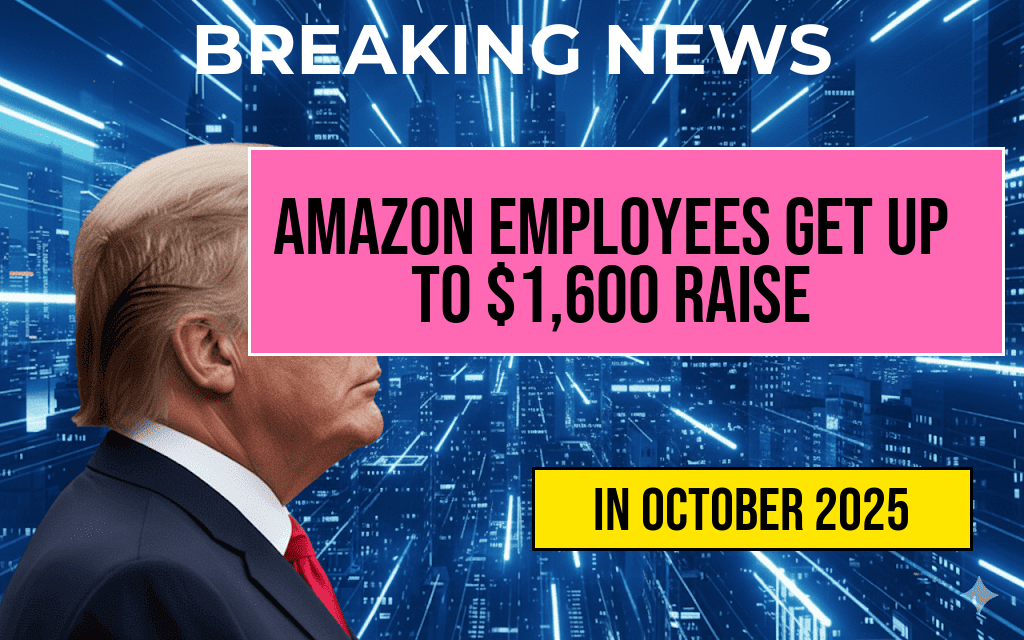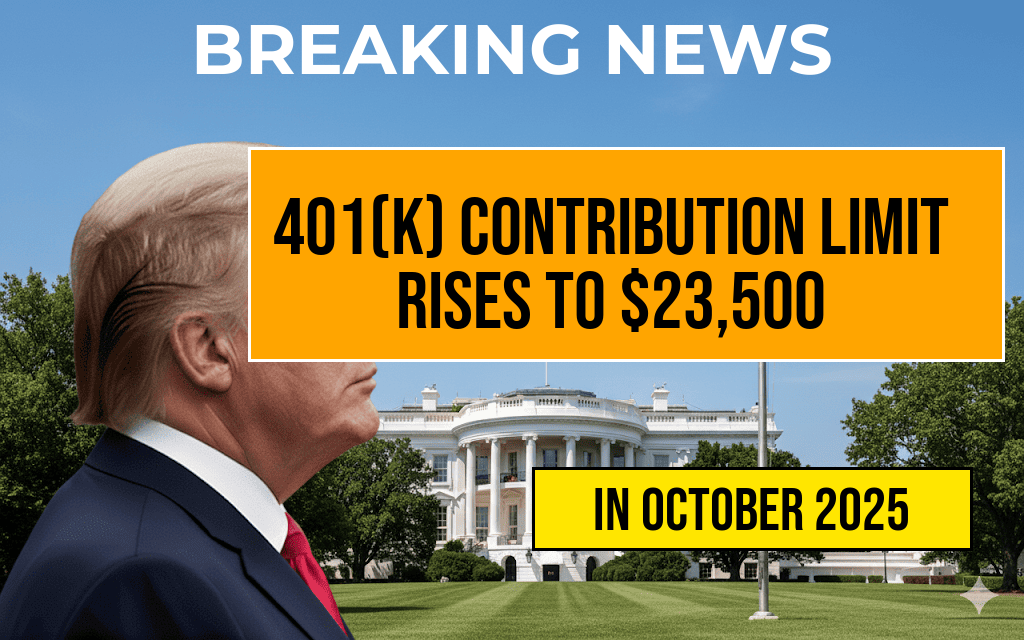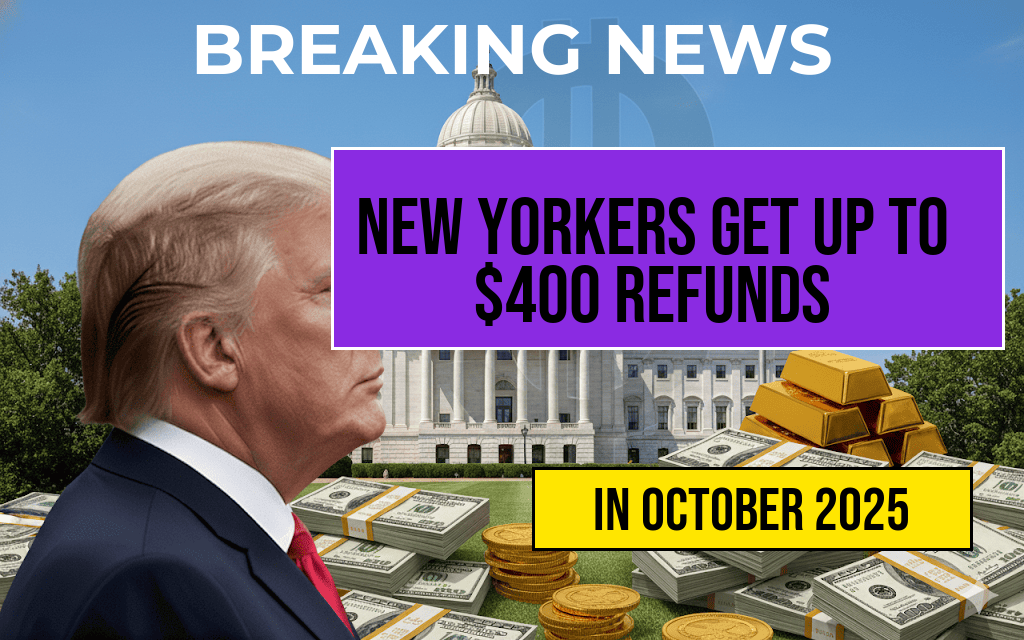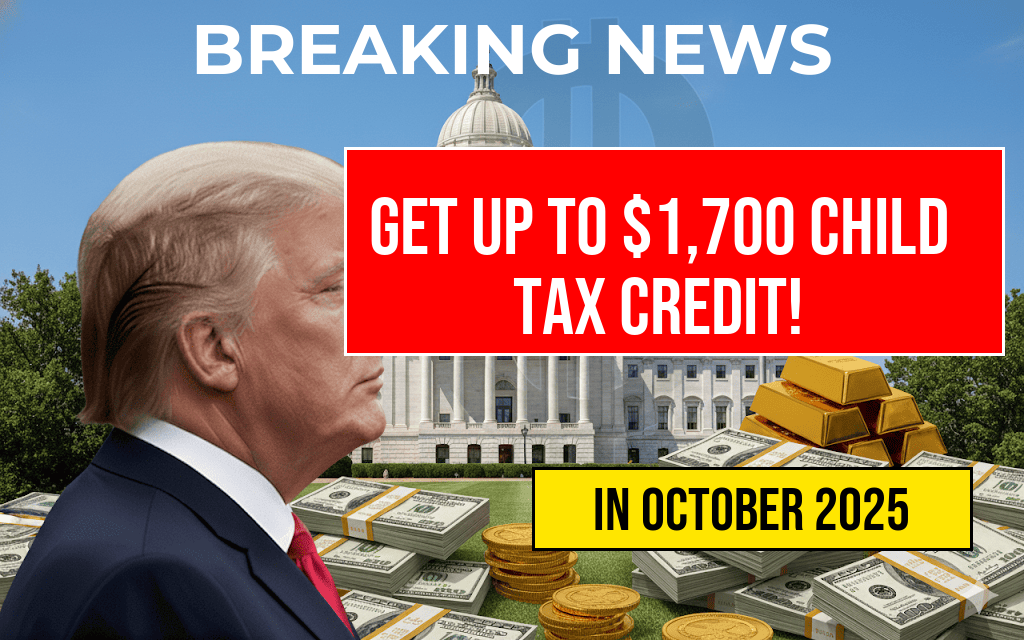In a significant shift for retirement savings, the IRS has announced that employees will be able to contribute up to $23,500 to their 401(k) plans in 2025. This increase marks a notable rise from the previous contribution limit, reflecting ongoing adjustments aimed at helping workers better prepare for their financial futures. The change is part of the IRS’s annual review of contribution limits, which is influenced by inflation and cost of living adjustments. This new cap is expected to encourage more individuals to take advantage of employer-sponsored retirement plans, further enhancing their ability to save for retirement.
Understanding the Increase in Contribution Limits
The IRS updates the contribution limits for retirement accounts annually, and the latest adjustment is no exception. The increase from the current limit of $22,500 to $23,500 represents a 4.4% increase, which is one of the largest adjustments seen in recent years. This change is particularly relevant for workers aged 50 and above, who can also make catch-up contributions, further increasing their potential savings.
Why the Increase Matters
This increase is significant for several reasons:
- Enhanced Savings Potential: Higher contribution limits allow employees to save more money tax-deferred, which can lead to substantial growth over time.
- Inflation Adjustment: As inflation continues to impact living costs, these adjustments help ensure that retirement savings keep pace with economic changes.
- Encouragement to Save: With the rising cost of living, higher contribution limits may motivate workers to prioritize their retirement savings.
Impacts on Different Age Groups
The contribution increase is especially beneficial for various age demographics:
- Young Professionals: Early-career individuals can take advantage of compound interest by contributing more to their 401(k) early on.
- Mid-Career Workers: Those in their prime earning years can maximize their contributions, preparing for a comfortable retirement.
- Pre-Retirees: Individuals nearing retirement age can boost their savings significantly through increased contributions and catch-up options.
Catch-Up Contributions for Older Workers
For employees aged 50 and older, the IRS allows additional catch-up contributions, which will also see an increase. In 2025, these catch-up contributions are set to rise to $7,500, up from the current limit of $6,500. This provision is designed to aid those who may not have started saving early enough or who wish to bolster their retirement funds as they approach retirement age.
Reactions from Financial Experts
Financial advisors and retirement planners have welcomed the increase, emphasizing its importance in fostering a culture of savings. Many experts encourage employees to take full advantage of these higher limits, as the long-term benefits can be substantial.
“This increase is a positive step for retirement readiness,” said Jane Doe, a certified financial planner. “It provides an opportunity for individuals to make up for lost time in saving and ensures they can sustain their desired lifestyle in retirement.”
How to Make the Most of 401(k) Contributions
To effectively leverage the increased contribution limits, workers should consider the following strategies:
- Review Your Budget: Assess your current financial situation and determine how much you can allocate toward retirement savings.
- Set a Savings Goal: Establish a clear savings goal that aligns with your retirement plans and lifestyle expectations.
- Utilize Employer Matching: If your employer offers a matching contribution, aim to contribute at least enough to receive the full match.
Conclusion
The increase in 401(k) contribution limits for 2025 presents a valuable opportunity for employees to enhance their retirement savings. By understanding these changes and taking proactive steps to maximize contributions, individuals can better prepare for a financially secure retirement. For more information on retirement savings and planning, visit IRS Retirement Plans or check resources on Forbes.
Frequently Asked Questions
What is the new contribution limit for 401(k) plans in 2025?
In 2025, employees can contribute up to $23,500 to their 401(k) plans, which marks a significant increase from previous years.
Why has the 401(k) contribution limit increased?
The increase in the 401(k) contribution limit is designed to help employees save more for retirement, reflecting adjustments for inflation and the rising cost of living.
Can employees over the age of 50 contribute more to their 401(k) in 2025?
Yes, employees over the age of 50 can make catch-up contributions to their 401(k), allowing them to save additional funds for retirement beyond the standard limit.
How can employees maximize their contributions to their 401(k)?
Employees can maximize their contributions by contributing the full $23,500 limit, taking advantage of any employer matching contributions, and considering additional catch-up contributions if applicable.
What are the tax benefits of contributing to a 401(k)?
Contributions to a 401(k) are often made on a pre-tax basis, which can lower an employee’s taxable income and defer taxes until funds are withdrawn during retirement.













